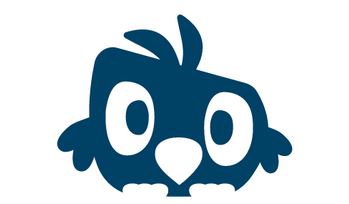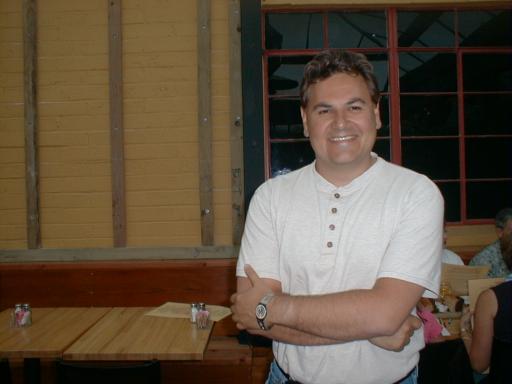For nearly two years now I've been focusing all my energy on Oumy, a new venture in the video collaboration space. As my previous venture, Kalexo, this is also a bootstrapped startup. To learn more, the Oumy blog has more interesting content than my personal blog at this time, so best is to head over there.
In case you've been following my adventures, you might wonder what happened to Flashback / Savhy LLC. Basically the ideas I incubated via Flashback were becoming interesting commercially, and I decided to turn it into a real venture via Oumy, Inc. My Oumy co-founder is Hans Guntren.
In case you've been following my adventures, you might wonder what happened to Flashback / Savhy LLC. Basically the ideas I incubated via Flashback were becoming interesting commercially, and I decided to turn it into a real venture via Oumy, Inc. My Oumy co-founder is Hans Guntren.
The Oumy logo is loosely based on a quotation mark. Some of you might wonder what happened to the "crazy bird" logo so many people liked when we ran the design competition. We essentially "chickened out" and decided to go with a more corporate and safe logo. Yes, I know. In case you miss him, here he is. Don't you just want to protect him?



 RSS Feed
RSS Feed
